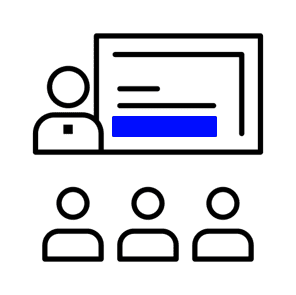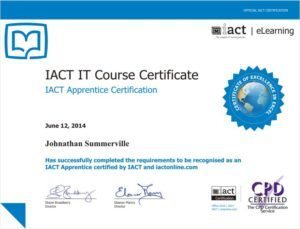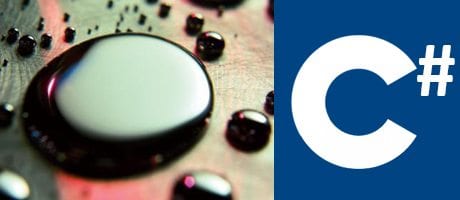This rapid fire course teaches a number of advance C# programming topics using practical examples to illustrate their use.
Intermediate / Advanced
2 Day Course
Certification Awarded
Study materials
Learning options for this course

Classroom
This course can be taken at our Training Centre in Dublin 2. Socially distanced learning. Full interaction with expert trainers.

Virtual Classroom
Daytime or evenings using iLiveLearning. Full interaction with the trainer, just like in the classroom. Software provided.
Skills You will have at the end of the Course
Delegates and Events
Operator Overloading
Regular Expression Handling
XML
LINQ
Entity Framework
Serialization
Reflection
Inversion of Control with Dependency Injection
Platform Invocation Services and Unsafe code
Custom Attributes
Thread and Asynchronous Programming
Course overview
This two day course teaches advanced programming techniques for the C# language. Extensive fully worked examples are used to illustrate the points raised in the course, and to provide hands-on experience, together with a comprehensive course manual.
Requirements
This course assumes that attendees have previous C# programming experience at least to the standard provided by the course “.NET Programming using C# part A”
Certification
At the end of the course, you’ll be Certified by the Irish Academy of Computer Training

Who would benefit
A C# developer looking to improve their C# skill set.
Why take the Course
To improve your knowledge of modern advanced programming techniques using the C# language.
Online Option
No
Course curriculum
Section 1 : Delegates and Events
Section 2 : Operator Overloading
Section 3 : Regular Expression Handling
Section 4 : XML
Section 5 : LINQ
Section 6 : Entity Framework
Section 7 : Serialization
Section 8 : Reflection
Section 9 : Inversion of Control with Dependency Injection
Section 10 : Platform Invocation Services and Unsafe code
The ‘DllImport’ attribute. Using ‘unsafe’ and ‘fixed’ to write code to use native pointers and control garbage collection.
Section 11 : Custom Attributes
Section 12 : Thread and Asynchronous Programming
Contact us.
We'll reply quickly.
Enquiry
I understand that my personal data is being processed in accordance with the privacy notice and accept the terms and conditions of use.

